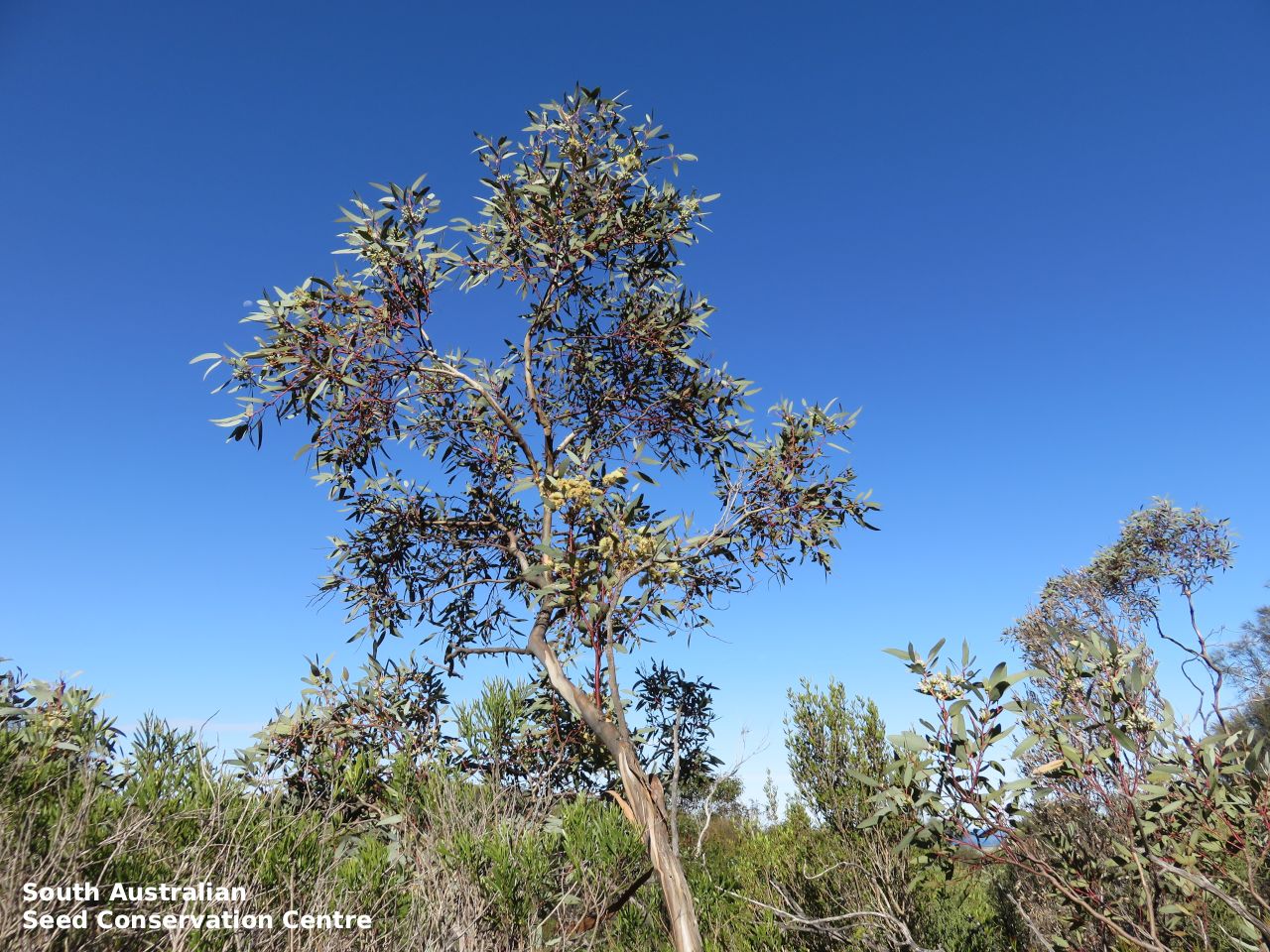
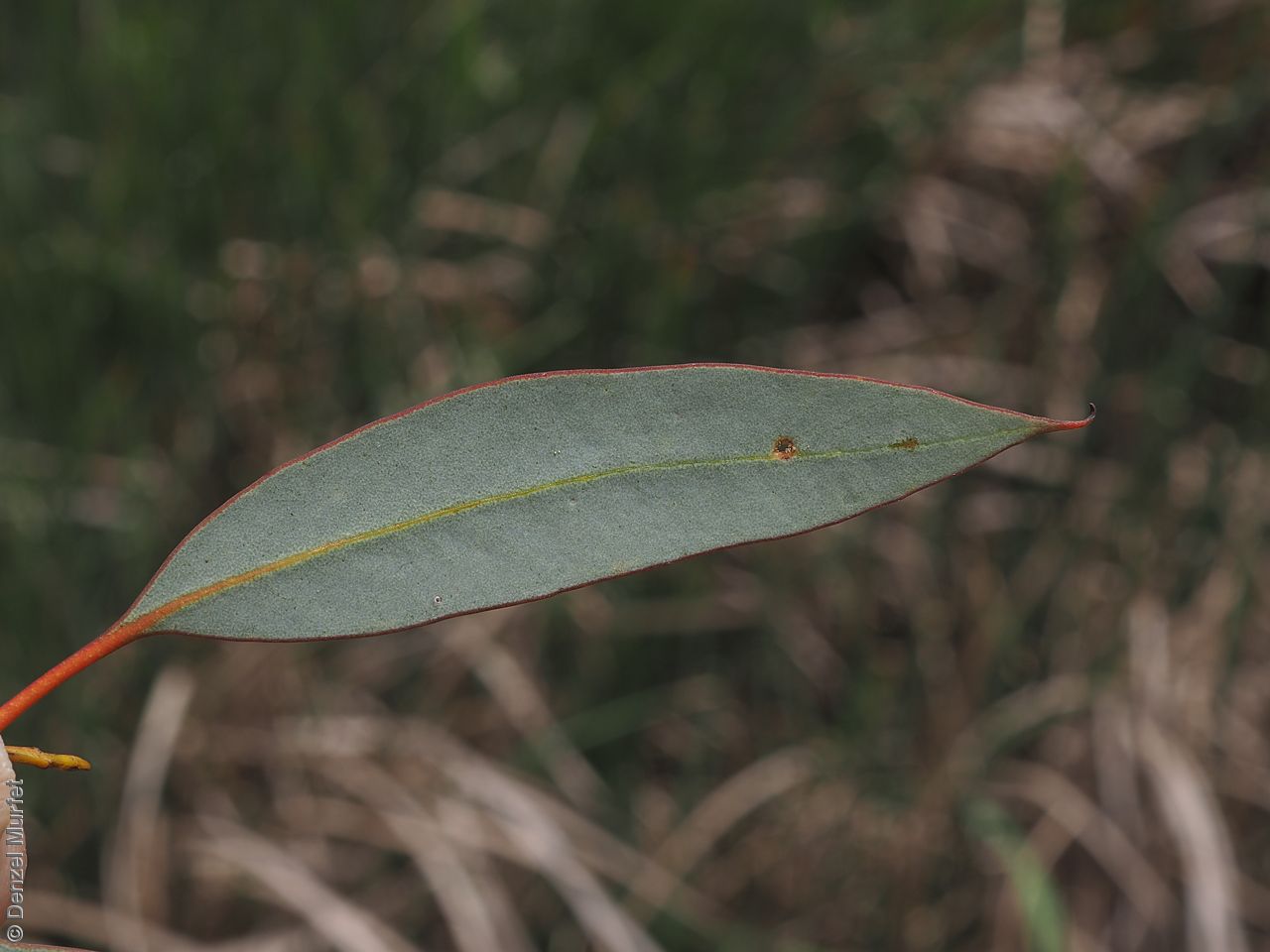
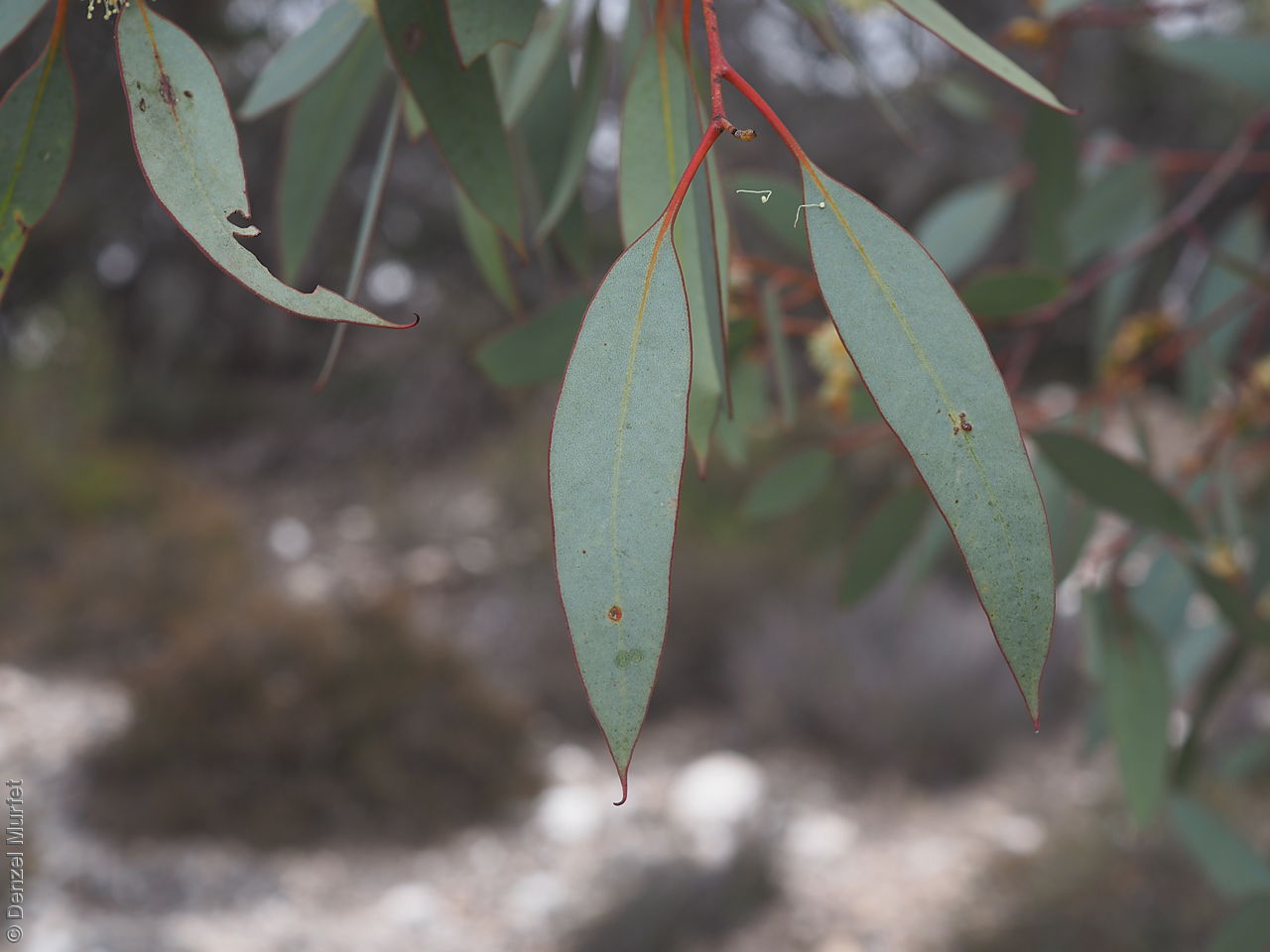
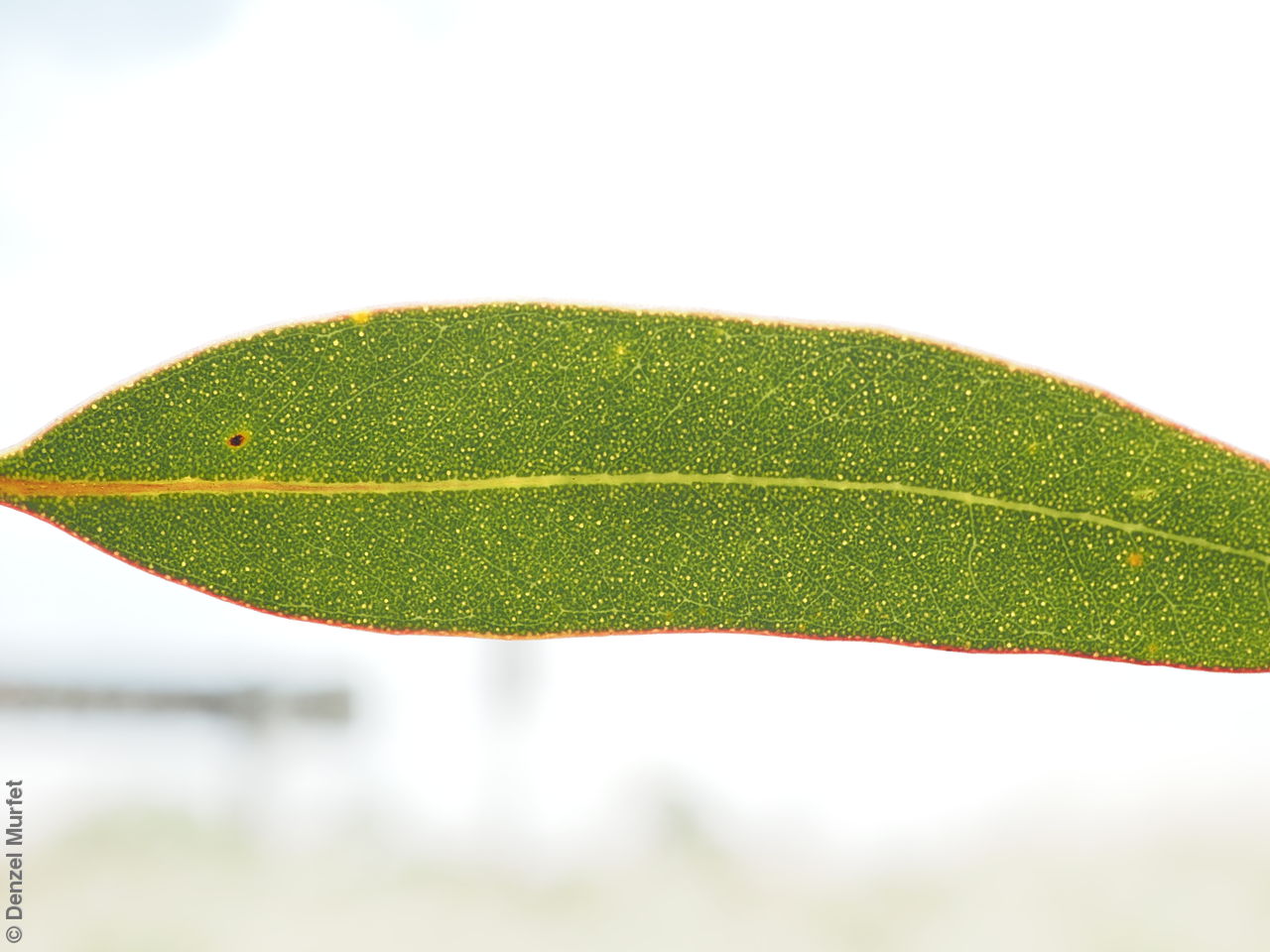
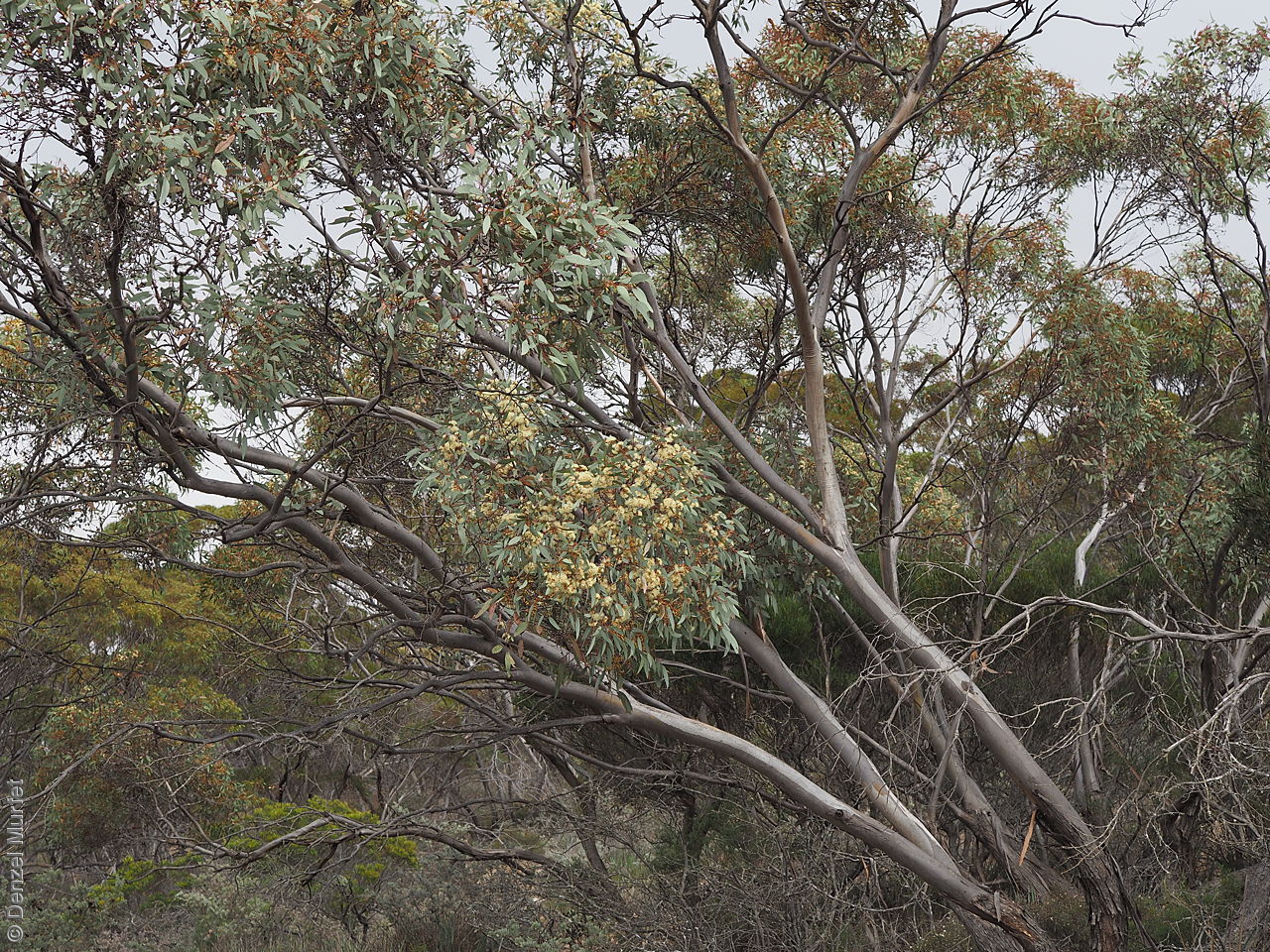
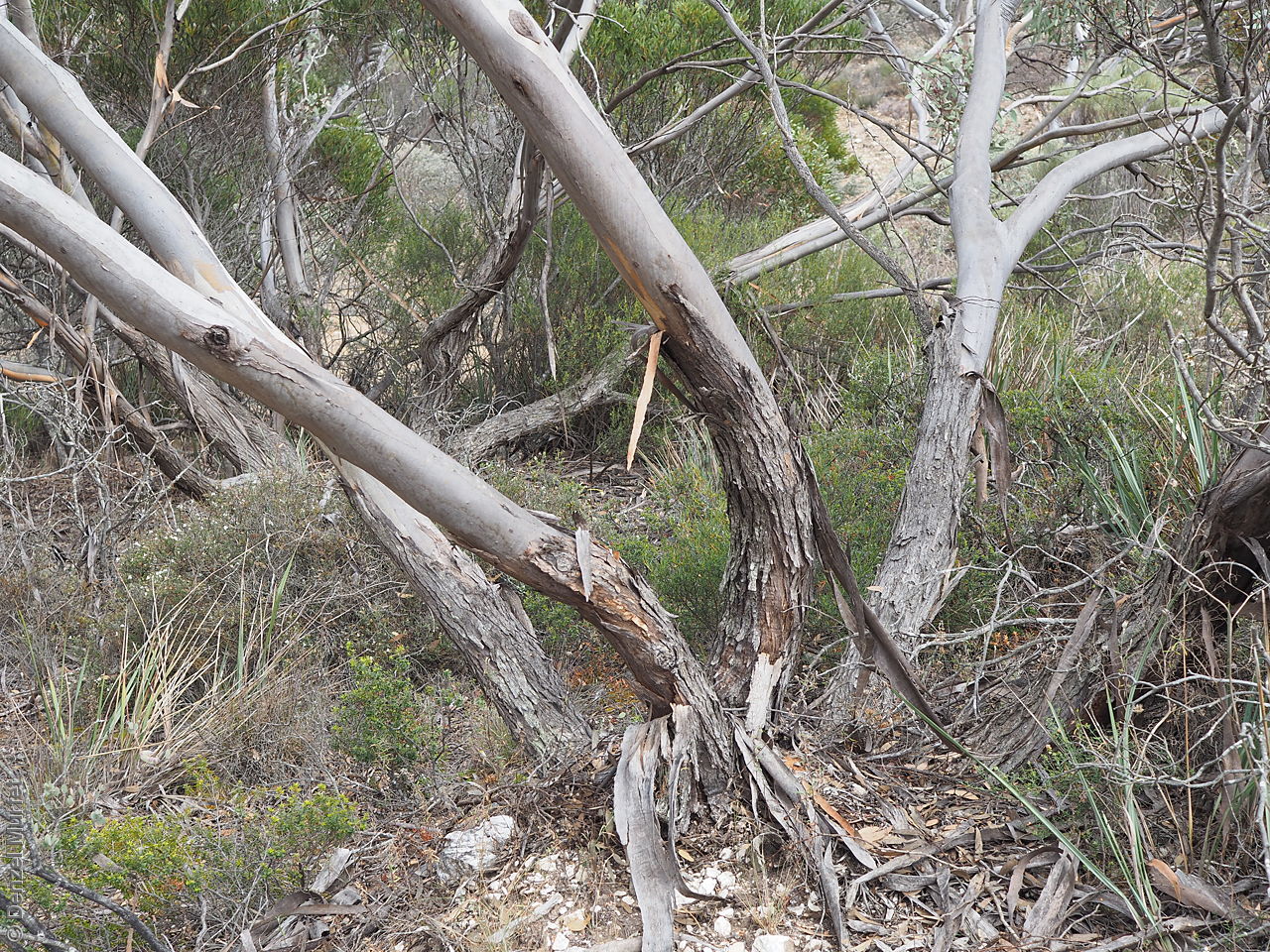
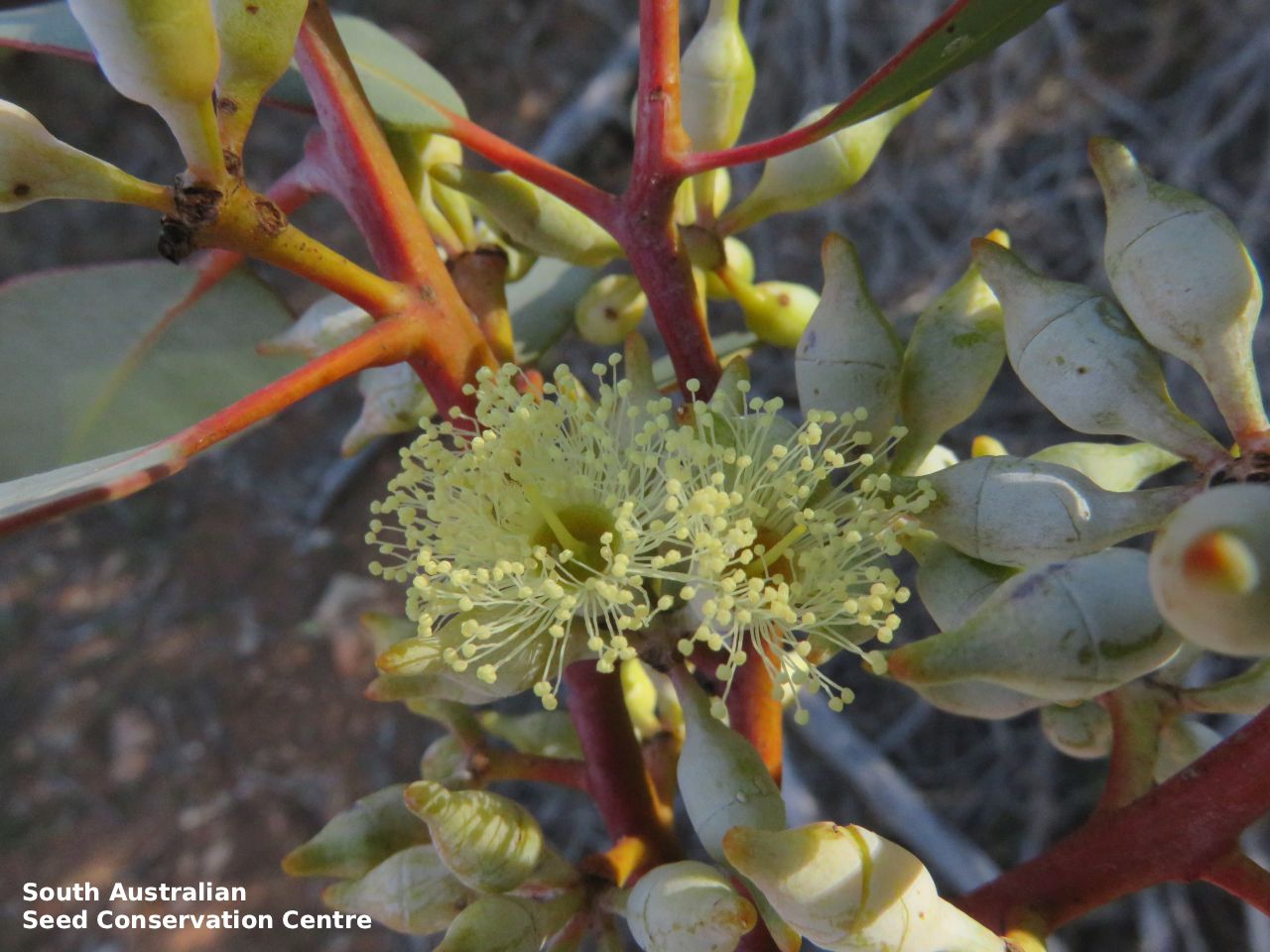
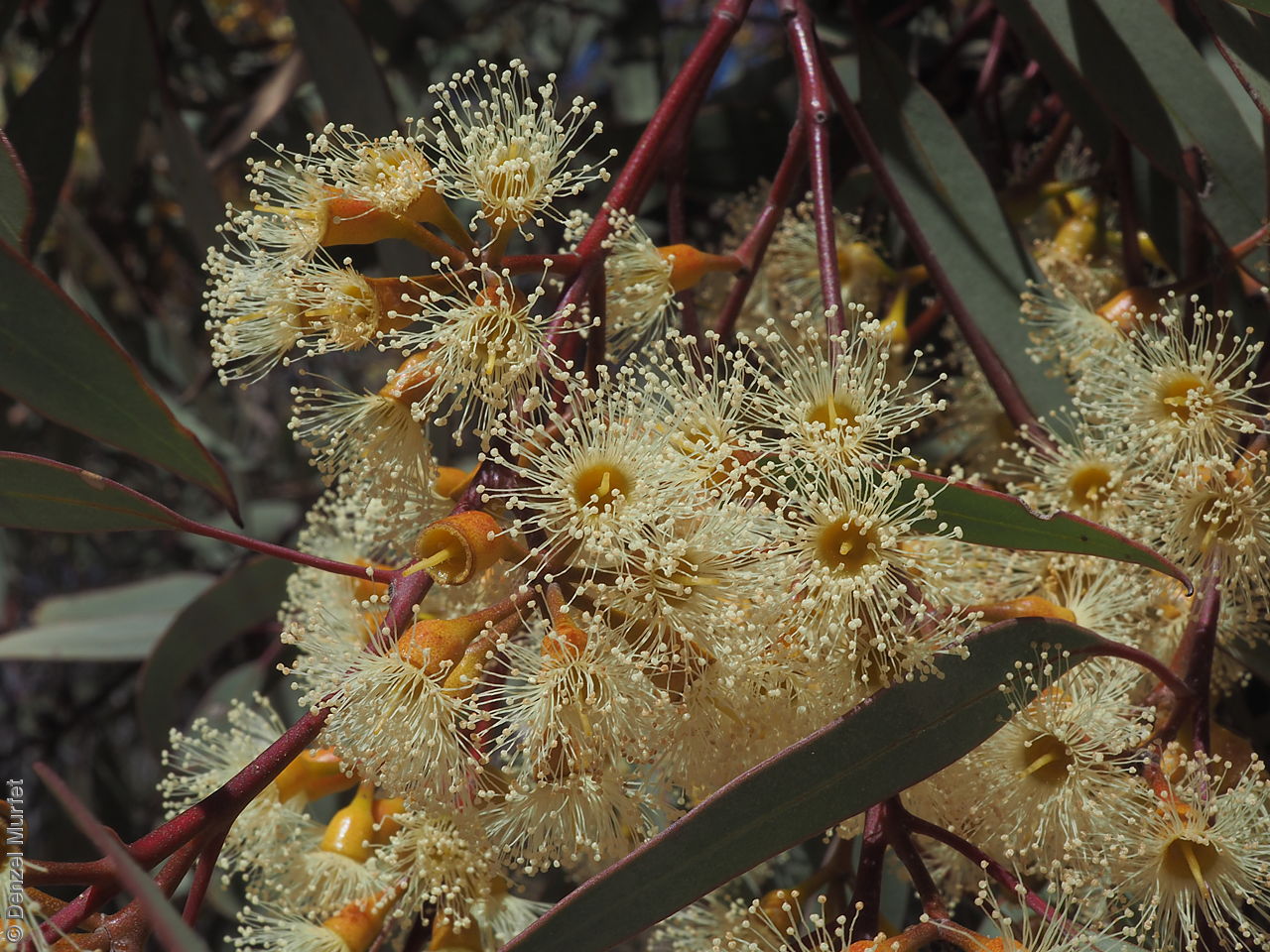
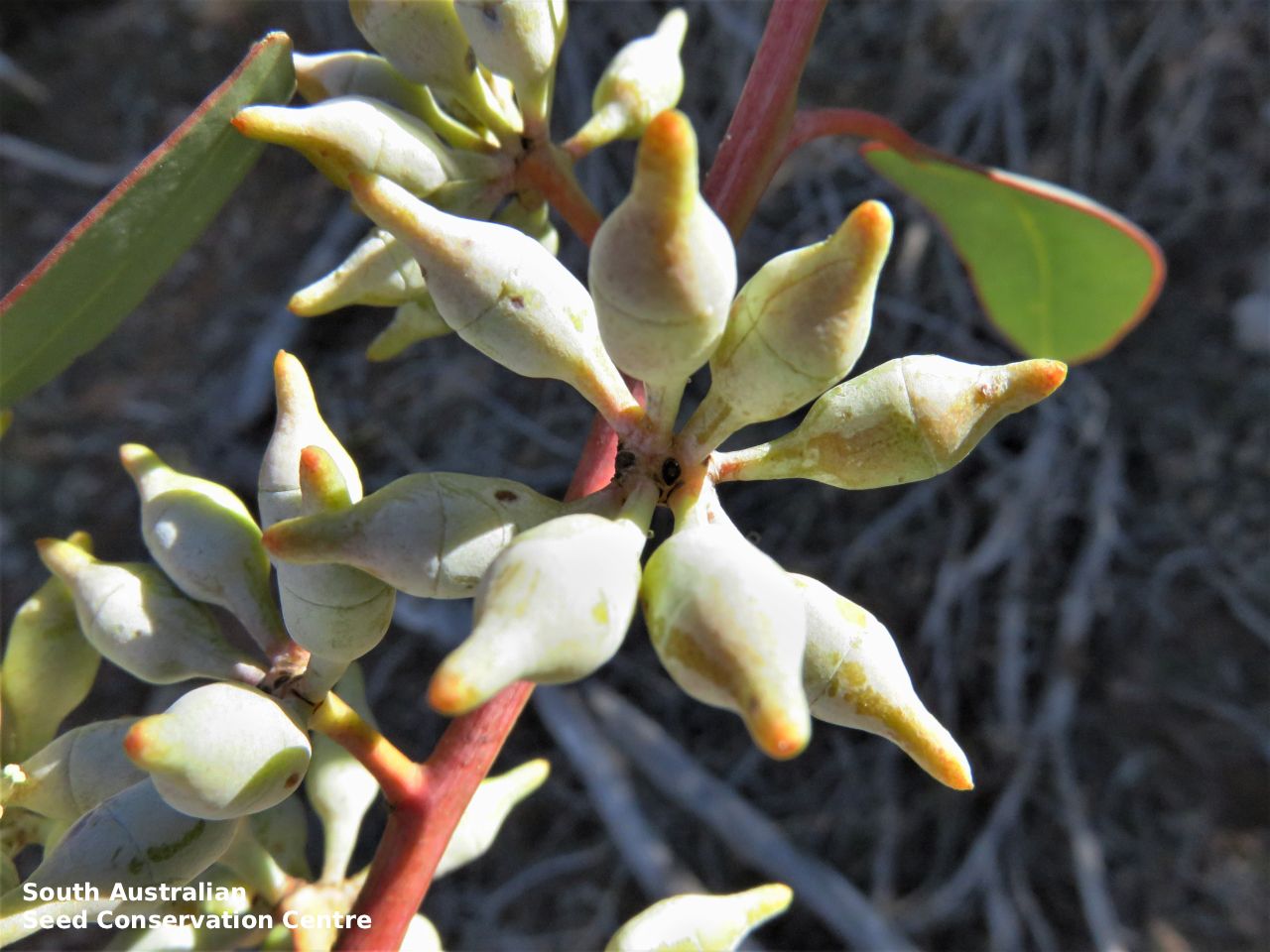
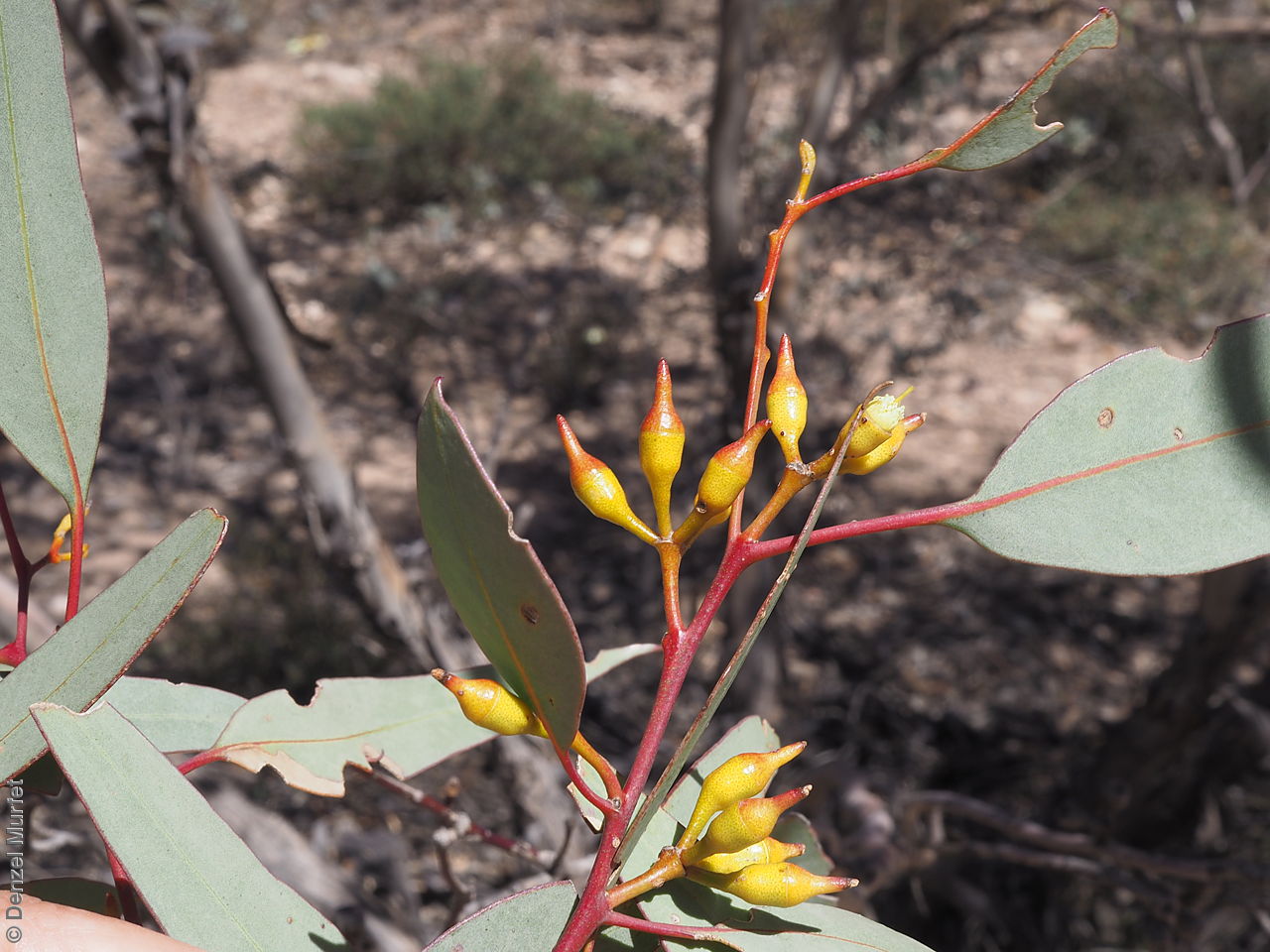
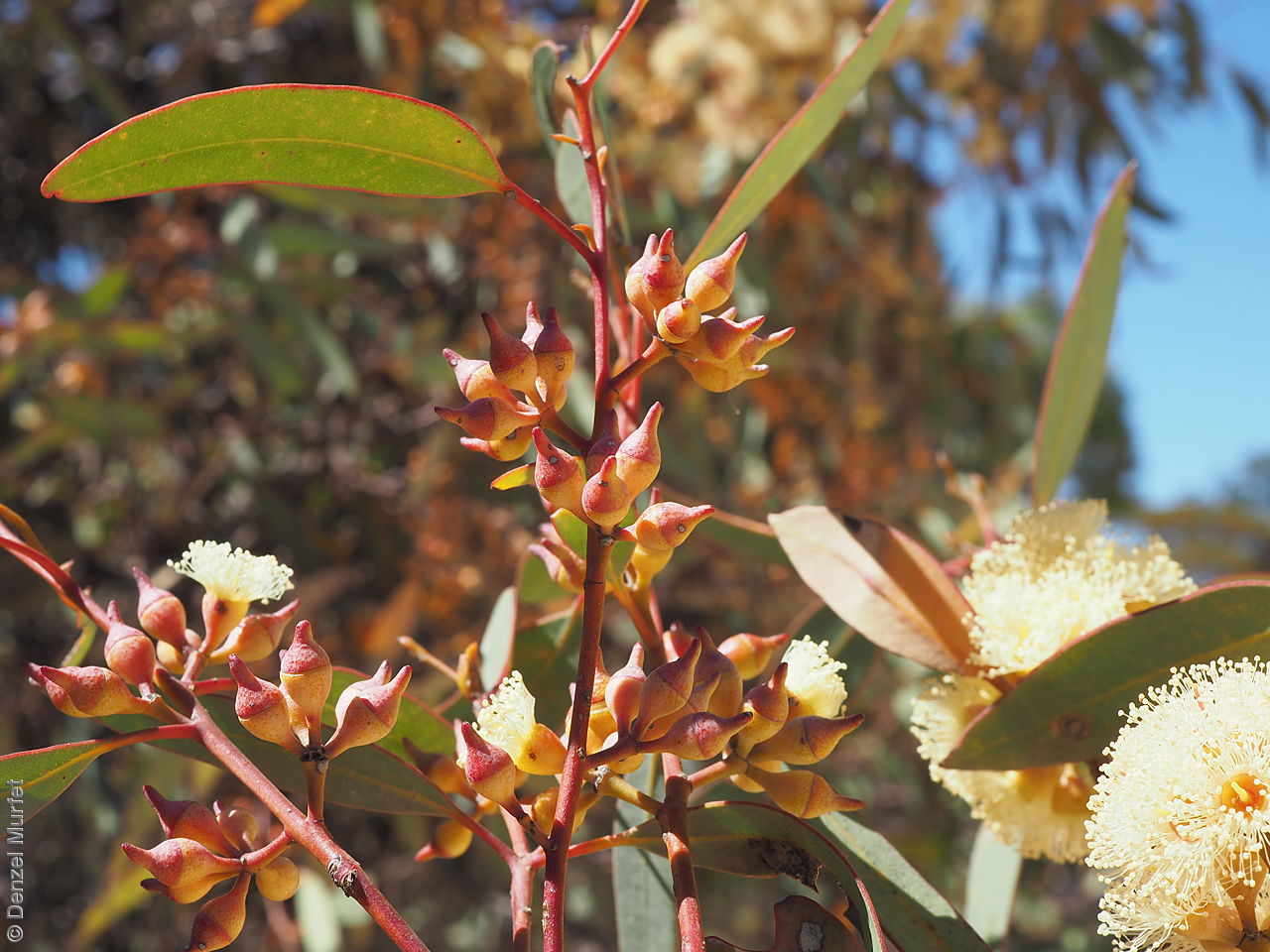
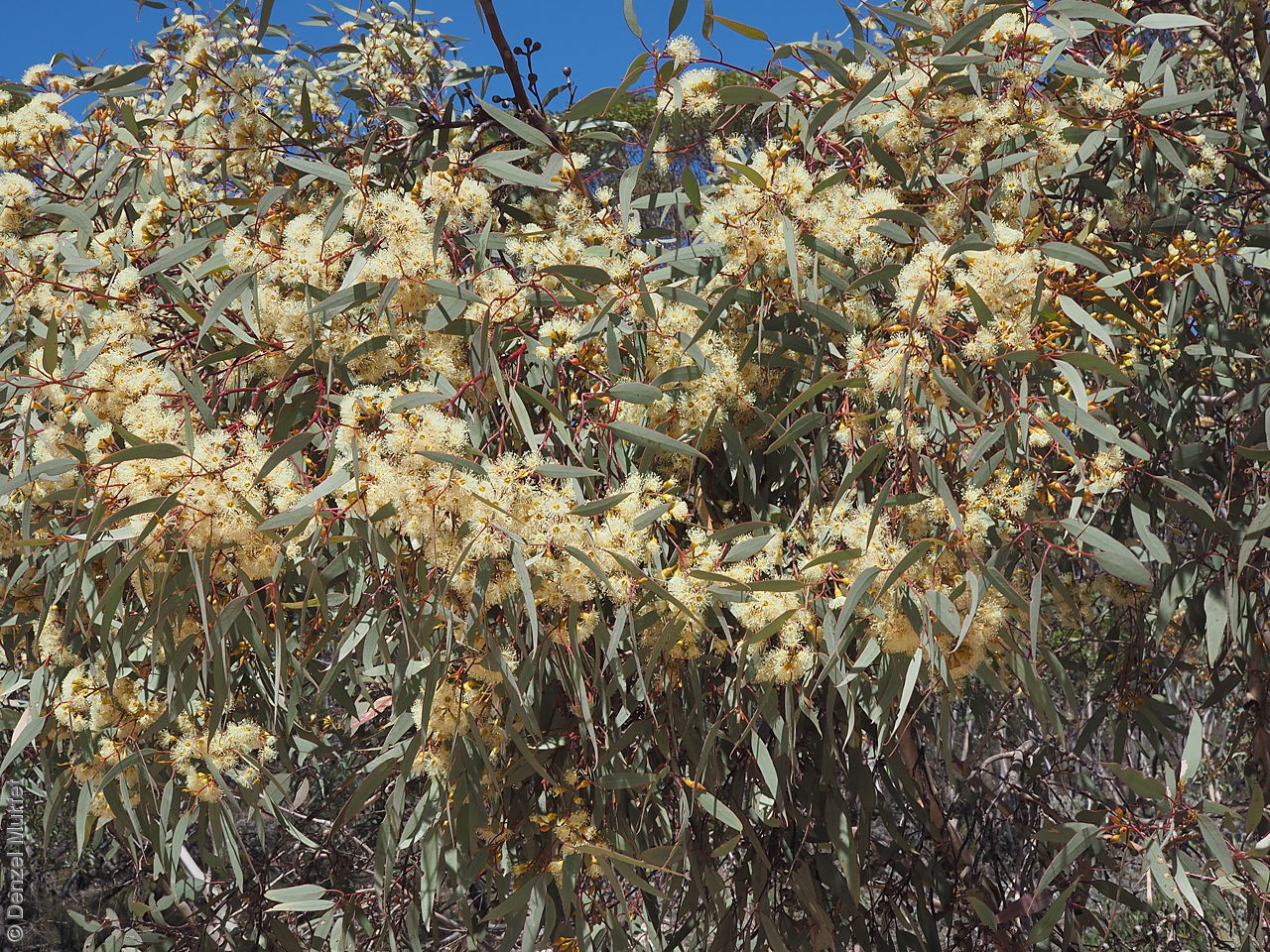
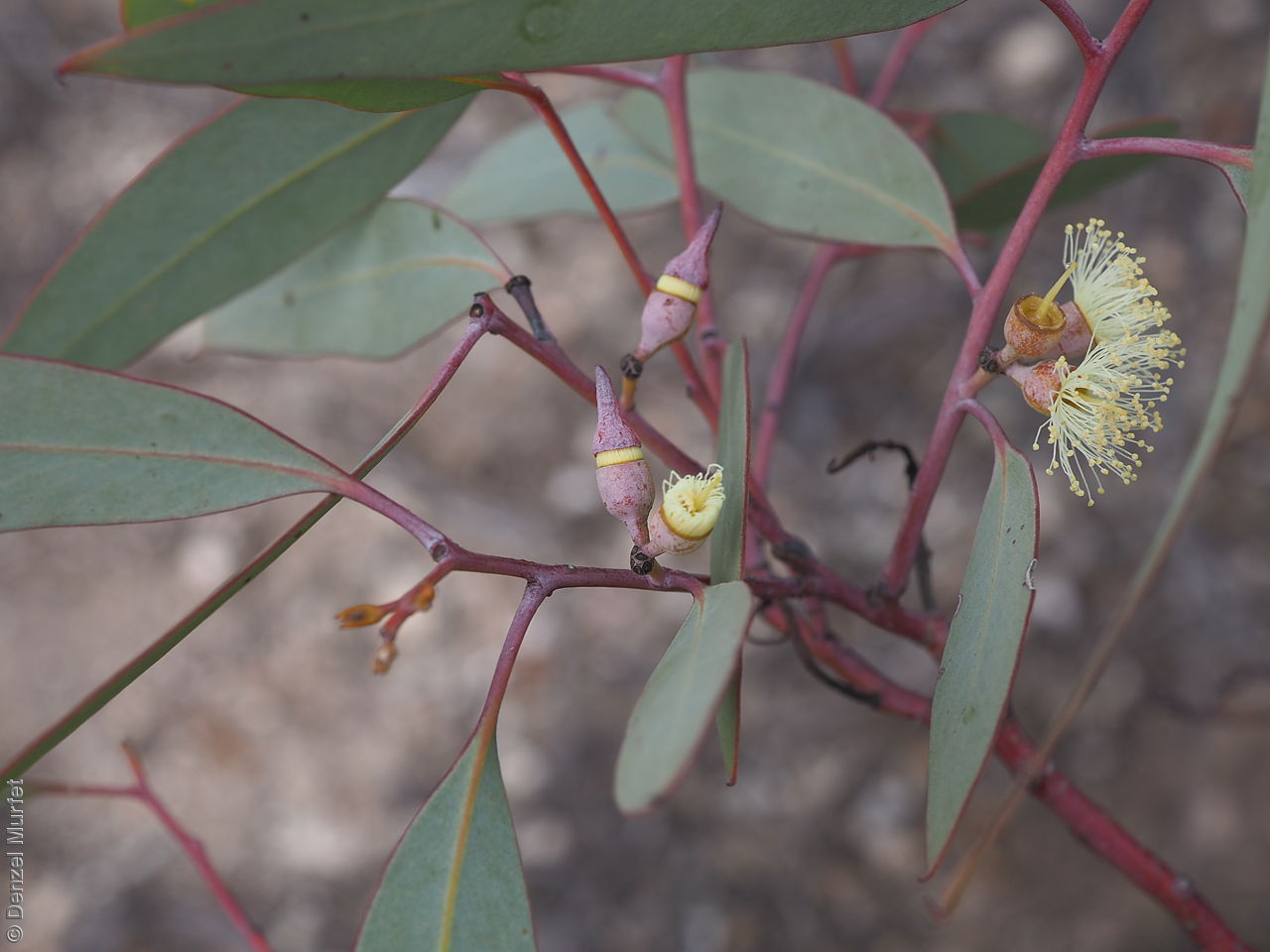
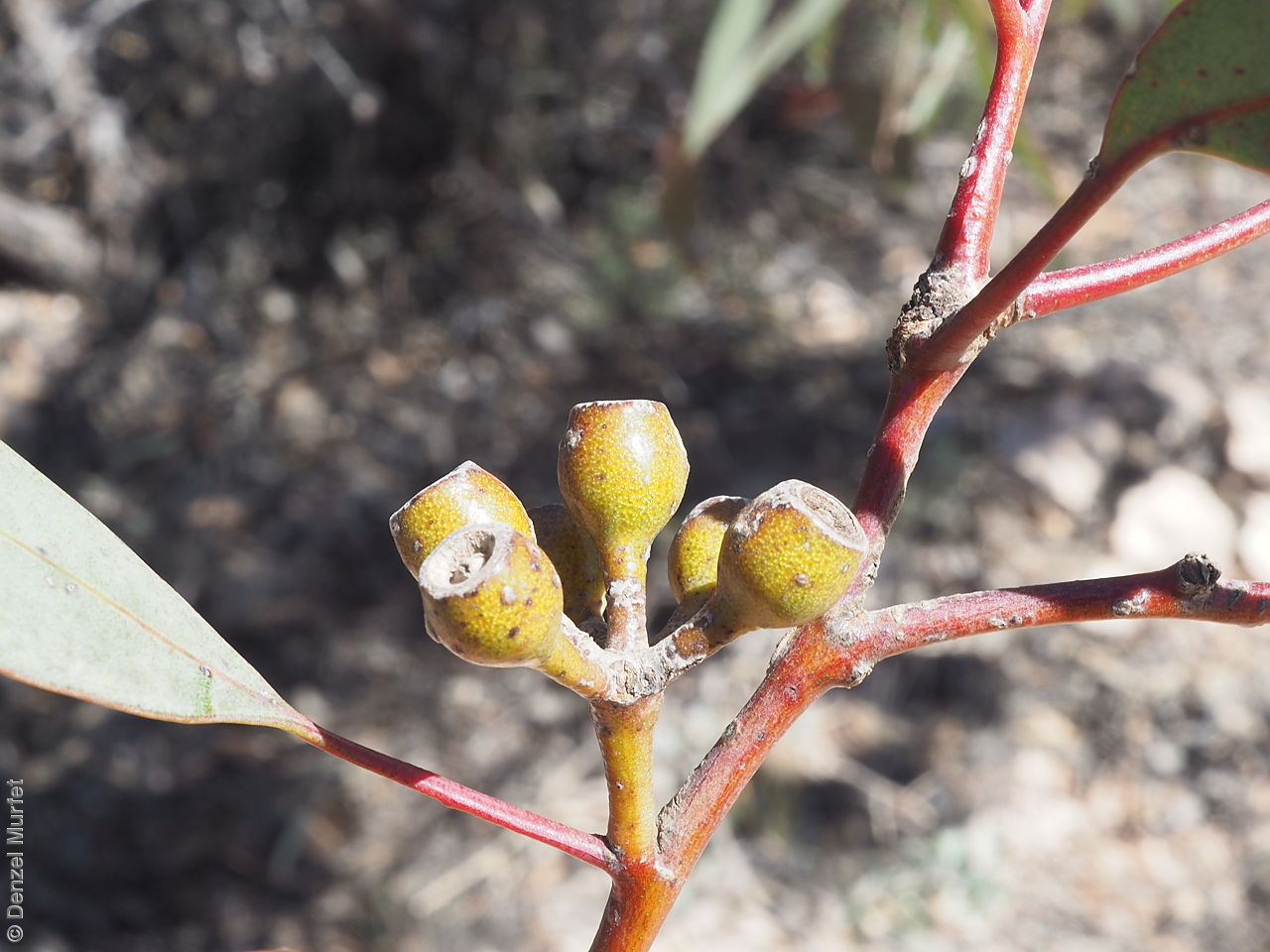
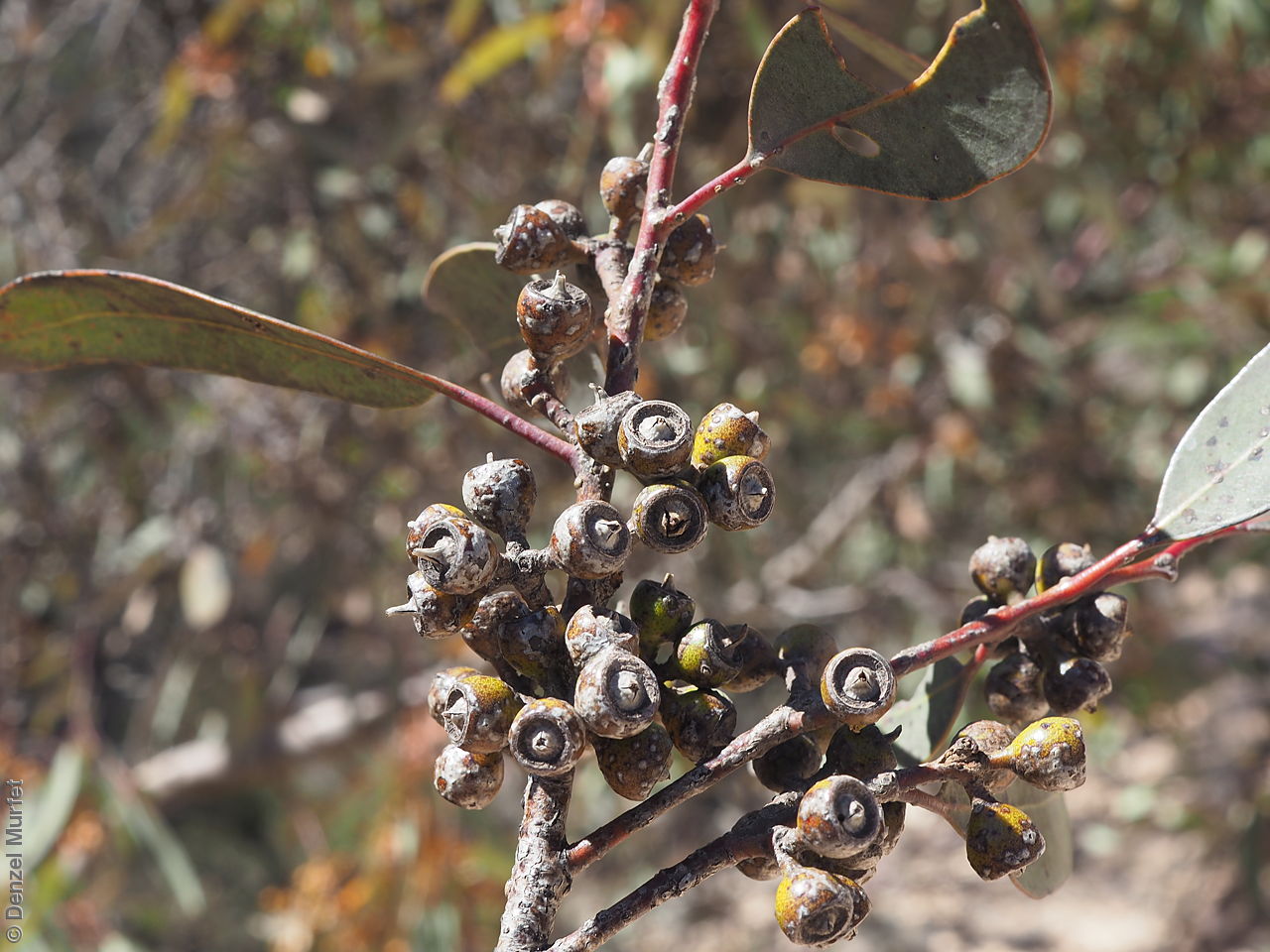
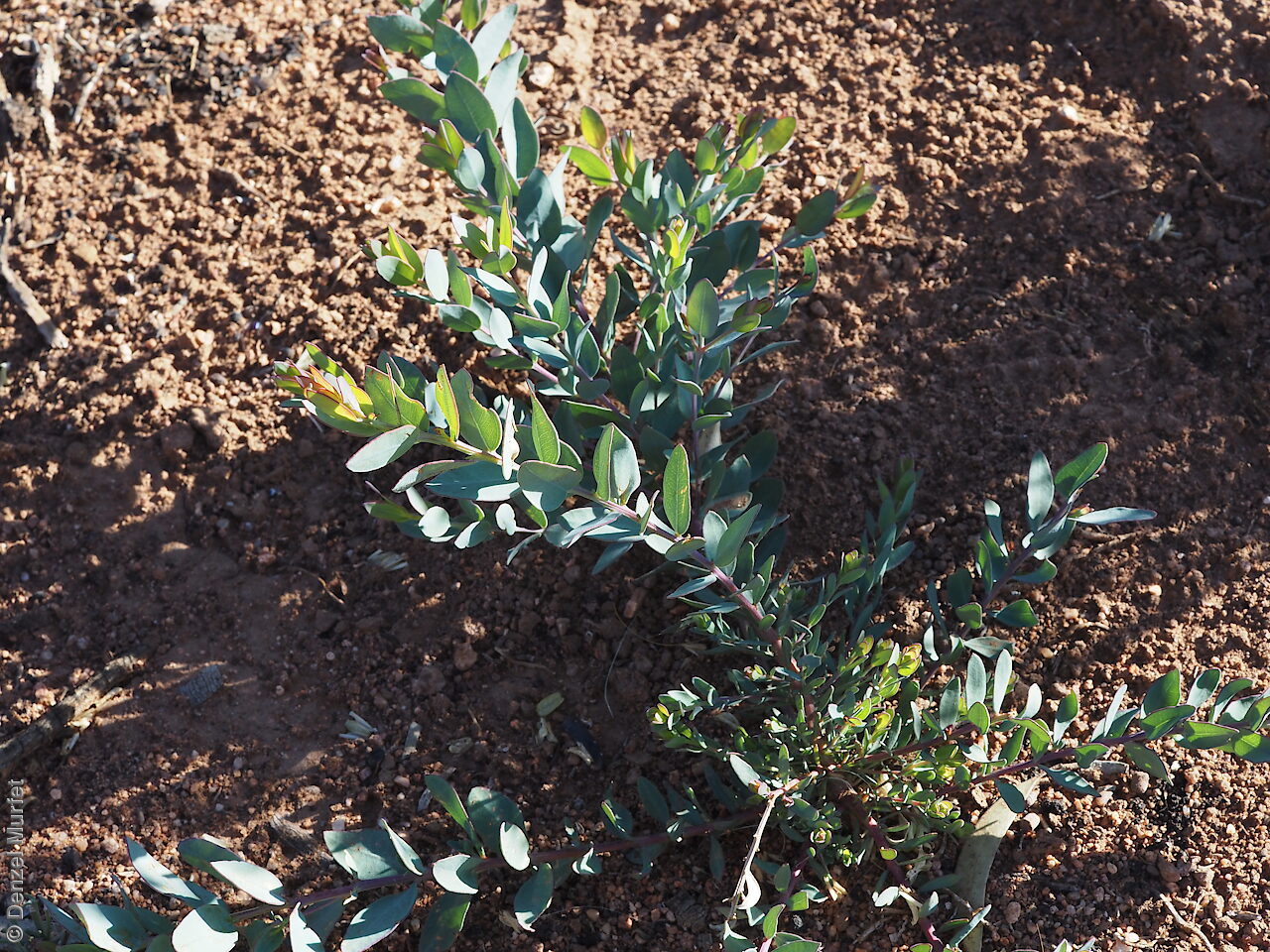

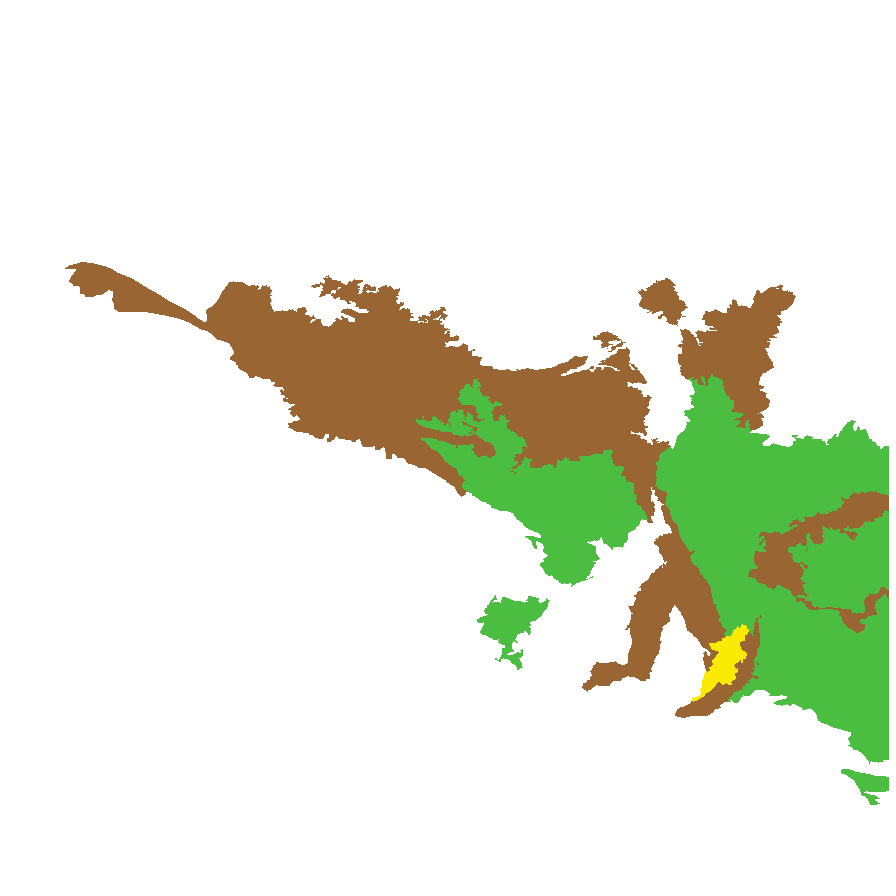
Botanical art
Prior names
Eucalyptus oleosa var. glauca, partly
Eucalyptus turbinata
Eucalyptus transcontinentalis, partly
Eucalyptus socialis, partly
Common names
Summer Red Mallee
Beaked Red Mallee
Etymology
Eucalyptus from the Greek 'eu' meaning well and 'calyptos' meaning covered, alluding to the cap or lid which covers the stamens in the bud. Socialis from the Latin 'socialis ' meaning friendly, alluding to the species being associated with other eucalyptus species.
Distribution and status
Found in drier regions throughout the eastern part of South Australia growing in mallee vegetation on very calcareous, pale grey sandy loams to red loams over limestone. Also found in New South Wales and Victoria. Native. Common in South Australia. Common in the other States.
Herbarium regions: Lake Eyre, Gairdner-Torrens, Flinders Ranges, Eastern, Eyre Peninsula, Northern Lofty, Murray, Yorke Peninsula, Southern Lofty, South Eastern, Green Adelaide
NRM regions: Adelaide and Mount Lofty Ranges, Eyre Peninsula, Northern and Yorke, South Australian Arid Lands, South Australian Murray-Darling Basin, South East
AVH map: SA distribution map (external link)
Plant description
Multi-trunked mallee to 12 m high with rough, stringy to flaky-fibrous, pale grey to brown bark on lower stems and smooth, tan to pinkish-grey to cream bark above. Young branchlets not waxy. Juvenile leaves ovate to lanceolate, sometimes waxy; dull, blue-green to greyish. Adult leaves to 127 mm long and 21 mm wide, narrow-lanceolate to lanceolate; dull to slightly glossy blue-green. Flowers in groups of 7-11 in leaf axils. Buds to 13 mm long and 5.5 mm wide, rarely waxy; bud-cap horn-shaped, equal in width and longer than the base. Flower creamy-white appearing in spring. This subspecies is distinguished from the other three subspecies that occur in South Australia by its distribution, relatively small, dull, blue-green adult leaves, creamy white flowers, relatively small buds and fruits and usually non-waxy adult features. Fruits are round to barrel-shaped fruit to 7 mm long and 7 mm wide, waxy when young; disc descending with valves 3-5 below rim. Seeds are brown ovoid seed, with finely reticulate surface. Seed embryo type is folded.
Seed collection and propagation
Collect seeds between January and December. Collect mature fruits that are dark and hard (difficult to break with a finger nail), with the valves un-open any time of year. Leave the fruits in a breathable container in a dry room for one to two weeks. This allows the valves on the fruit to open and release the seeds. Separate the seeds by placing all the materials into a bucket and shaking it to dislodge the seeds. Pass the material through a sieve to separate the unwanted material. The finer material will contain both seeds (soft) and frass (hard) usually distinguishable from each other but can be very similar in shape and colour. With finer sieves, the seeds can be separated from the frass but this is not essential for storage or propagation. Store the seeds with a desiccant such as dried silica beads or dry rice, in an air tight container in a cool and dry place. Seeds are non-dormant, viable seed should germinate readily.